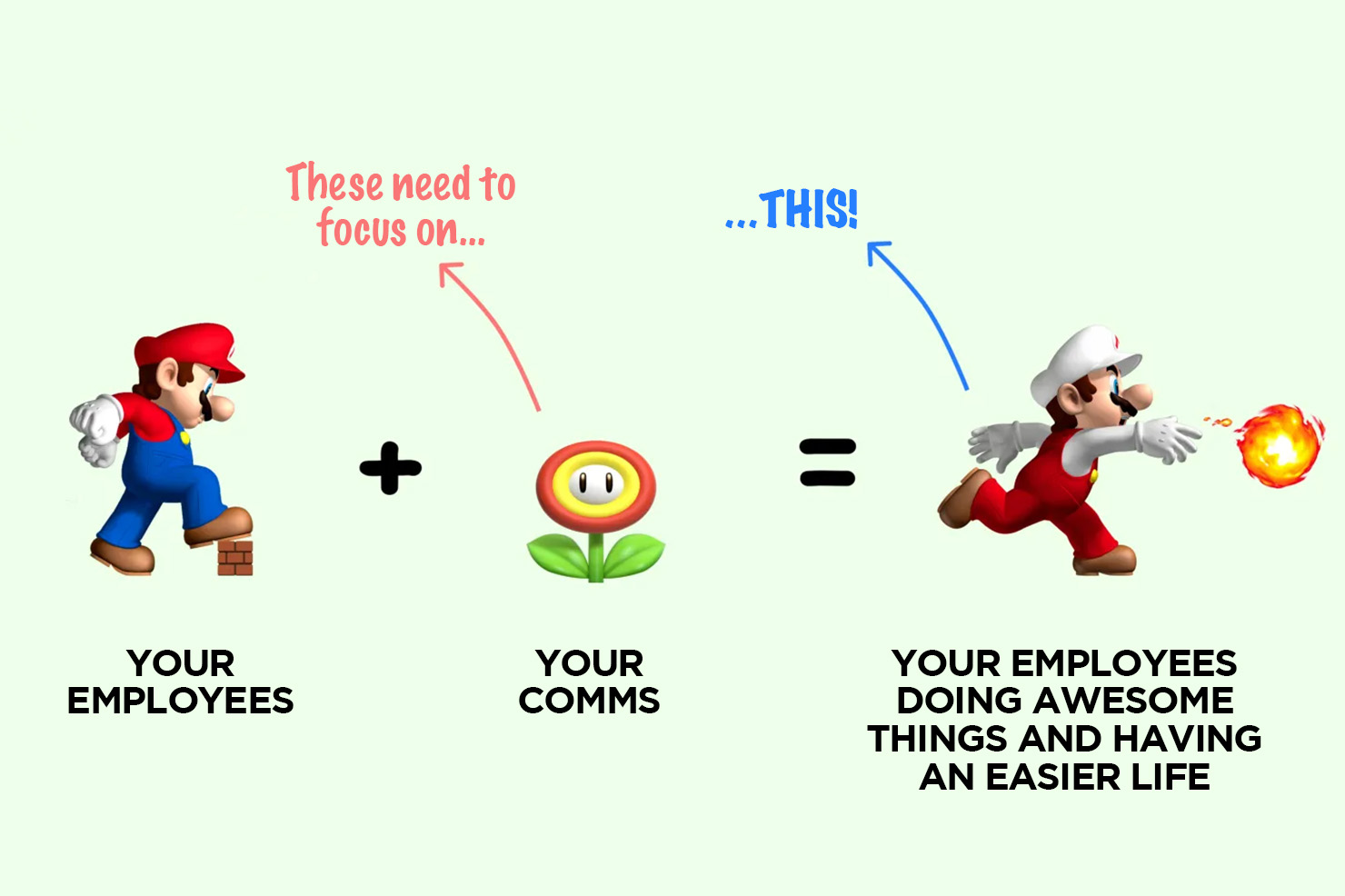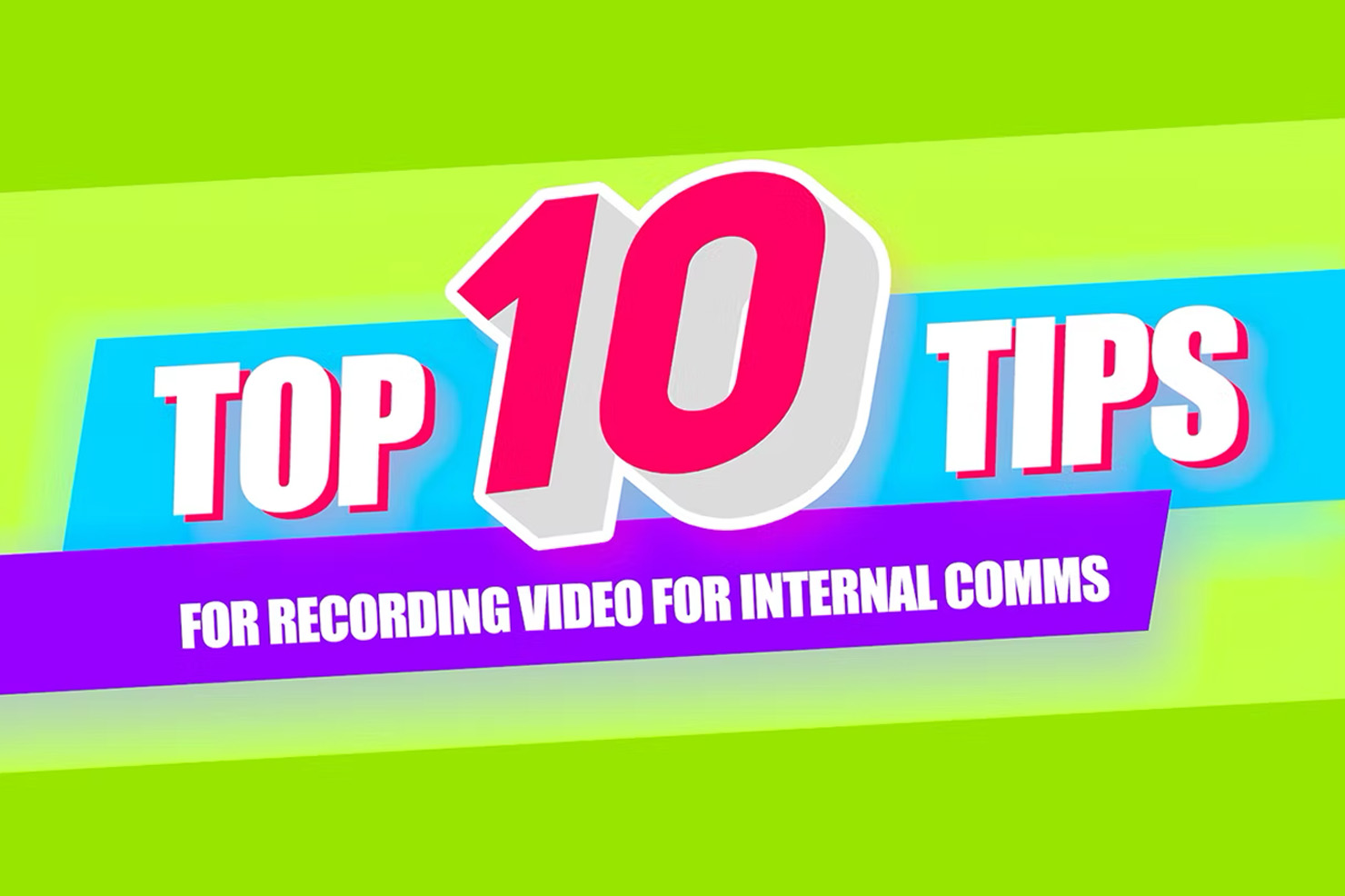knowledge is power

BLOGS
DOWNLOADS
We believe sharing is caring.
So we’ve developed a number of templates and resources to help you get your kick-ass comms game on.

To access these, simply to complete the form below and we’ll send you a password to access our trove of treasures.
Already signed up? Log in here. If you have lost your password or having any difficulty accessing the area, contact us and we’ll sort you out.
Let’s work together
Frequently asked QuestionS
What kind of resources do you offer?
We believe sharing is caring and have created a number of free resources for our subscribers, including communication plans, stakeholder maps and email templates. Check them out on our Downloads page
Are the templates really free?
Yes. Just enter your name and work email to access instant downloads. No subscription or payment needed.
Who are the resources for?
They’re built for comms teams, HR, project managers and leaders who want to communicate more clearly and consistently.
Can I customise the templates for my organisation?
Absolutely. All tools are editable in formats like Word or PowerPoint—so you can tailor them to your brand and needs.
Will I get updates when new resources are added?
Yes. When you sign up, you’ll be added to GuruMail, which includes monthly updates, new templates and comms tips. You can unsubscribe anytime.
What makes these tools different from others online?
They’re built by certified internal comms pros, tested with real teams, and designed to save you time while raising your game.


.jpg)

.jpg)
.jpg)



.jpg)


%20Header.jpg)



















.png)